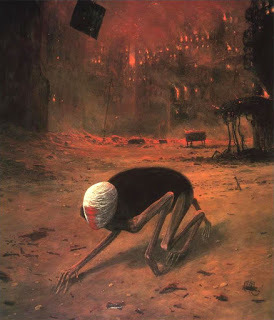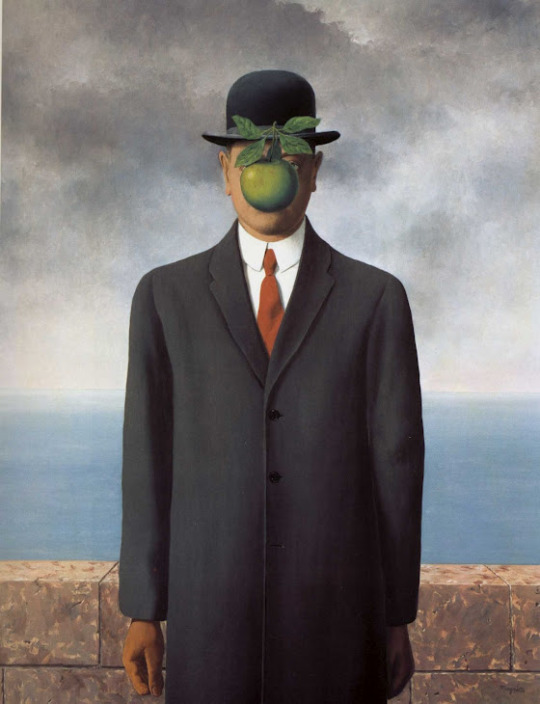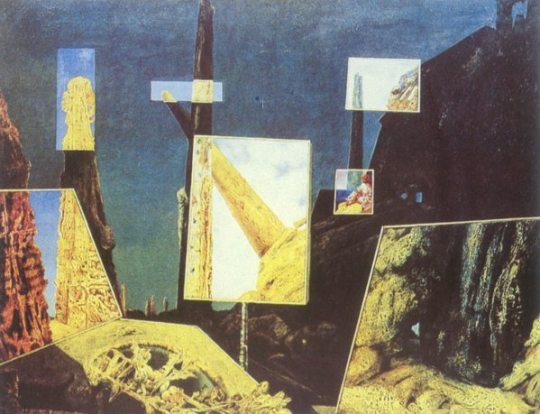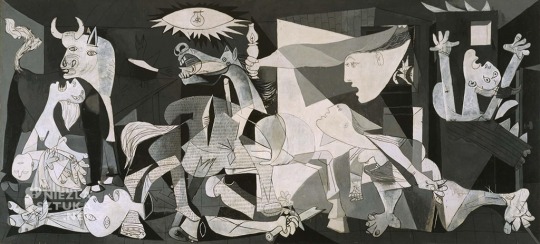#the tragedy of candles is definitely a lot more tragic if you interpret him and veils as being Close. but i think of it as extra spice
Explore tagged Tumblr posts
Note
mr spices and mr wines. also mr candles and mr veils.


have you ever seen that one tumblr post that's like. "i don't ship these characters i just think they belong in couples therapy together". yeah. that's pretty much my stance on most spacebat ships
#the hearts on the veils/candles bingo are broken bc. well. yknow#ask#i do have slightly different outlooks on both of them#spwines is basically just canon to me in a divorced way. like. i dont think they're romantic. but i Do think they're infinitely divorced#the spwines divorce is extremely real#soulmates that will find each other in every universe type shit. except the soulmates is being Exes™ in every universe#their constant bickering is amusing and im delighted everytime they show up together bc without fail they argue. and it's enrichment for me#i just know the scoundrel is involving herself in the spwines divorce war on the side of mr wines#(she really needs better things to do with her time)#fallen london#veils/candles on the other hand i dont really actively ship? i think it's an intriguing prospect#i like seeing interpretations of their dynamic#but i dont think they necessarily ever had a relationship like that. and if they ever did. well. it's a bit fucked up now isnt it#the tragedy of candles is definitely a lot more tragic if you interpret him and veils as being Close. but i think of it as extra spice#on top of an already delicious dish#yknow?#that being said. they're kind of on the same Extreme Divorced wavelength as spwines. albeit obviously in a VERY different way#i think the most karmically fitting fate for veils is being tormented by its sins (particularly towards candles) for all eternity#and like. that's a ship. in a way. of a sort.#veils alone with the corpse it lovingly handcrafted and left to rot at the bottom of a well#it's the classic disney villain ending where the antagonist gets literally dragged away and punished by their victims#which is all to say#that one bag a legend text where veils is speaking to someone you cant see and it's Afraid. that's delicious#i love it being tormented like that and we all should hold candles over its head forever and ever
12 notes
·
View notes
Text
ILLUSION - SURREALISM
Analyse creative manipulation images.
1. Zdzislaw Beksinski
The canvas, known as "Creeping Death", evokes a lot of emotions and remains relevant all the time. The leitmotif is death, which creeps silently like a spider. This is how he appeared in the eyes of the painter - death comes unexpectedly and destroys everything on its way.
Beksiński's paintings were about loneliness and the inevitability of death. The painter also often presented a vision of Armageddon. This is also the case of "Creeping Death". The end of the world appears in dark, brown and bloody colors. And death takes its toll and disappears unnoticed from the battlefield. The city burning in the background means that death has won again. Nobody survived. Death can take many shapes, it can resemble a human, an animal or a spider. In the painting by Zdzisław Beksiński, he is a terrifying creature that leaves the ruined area on its cramped limbs. Instead of the face, you can see a bandage through which a blood stain pierces. Instead of a torso, there is a hairy abdomen, similar to that of deadly spiders, and they will always flee from impending danger. Just like death, which also has time to hide from fire.

Beksiński's painting is one of the most terrifying contemporary works of Polish painting. Suffering, anger and resignation permeate them. The artist knows that he is unable to change his fate. He only has pain and the awareness that death will come for him. "Creeping Death" can be a universal picture, presenting the world after war, apocalypse or catastrophe. They can also be the darkest thoughts of every human being that circulate through the mind looking for an outlet. Because everyone is struggling with their own demons, which may appear completely different. It is certain that they cause fear, but they are essential in the fight against the suffering that is part of human life.
2. SALVADOR DALI
There are four clocks in the picture. One hangs from a dry tree, the other, with a blue shield and golden edging, flows down from a brown plinth. There is a fly on it, which can symbolize the "flying" and passing time. The orange watch lying next to it seems to be less soft and melting than the others. Ants crawled over him. The orange clock looks like it's about to be eaten by insects. Ants are here a symbol of rotting, decay. The fourth clock is in the center of the painting. It flows down from a deformed, beige-colored form. Only after looking closely you can see something like a nose, eyelid, long eyelashes. The distorted form resembles skin pulled from the face. According to some, it is a self-portrait of Salvador himself.

"Soft clocks" is nothing but a delicate, extravagant and lonely, paranoid-critical camembert of time and space.’’ Salvador Dali
Persistence of memory is perhaps one of the artist's most recognizable works. It was established in 1931. The idea was born when Dali, eating a melting French Camembert cheese, saw clock faces in it.
Dali created works that were supposed to amaze or shock. He did not represent anything directly, but through a vision. Therefore, he is included in the group of surrealists. Obraz Persistence of memory is a dream about time deformed by memories and dreams. Gala - Dali's muse and wife - said about this painting that the viewer's memory would only be the "softness" of the watches, because anyone who saw this work at least once would never forget it. The rocks of Cape Creus are an element of the landscape that appears in many of Dali's works. They have become an example of "hard" forms. The artist, who has a well-prepared drawing and knows the perspective, creates in a surprising way. An example is theoretically correctly painted clocks, but why is one of them hung over a branch, and the other running off the counter? It was this astonishment that the artist wanted to combine various objects in any way. The elements of the painting are arranged on the canvas in such a way that we have the impression of a large space and emptiness. Thanks to vivid imagination, all details have been divided into soft and hard. Clocks are among the soft ones.
3. RENÉ MAGRITTE
With my popular sympathy for the Belgian painter René Magritte, I have allowed myself to be introduced to you by opening the whole series "Art for Tuesday" with his "Lovers". Together with the blog returning to the expanses of the Internet, let Magritte be the patron of the reactivation of this cycle, this time with her "Son of Man".
The very title "Son of Man" (French: "Le fils de l'homme") is a bit puzzling when confronted with this picture presents itself.
After all, we see an elegant man in a suit and a bowler hat against the background of the wall separating him from the sea, above him there are clouds that announce a storm or storm. And what is very important - it is a self-portrait.
Oh yes, I would ... Before the face of forgotten people (levitating?) A green apple that makes his face invisible, revealing part of the eye and eyebrow in fact. We have to remind ourselves that the Belgian was definitely a surrealist who grew out of the impressionist school. However, he used his symbolic linguistic voice, which was shaped by such tragic experiences as the mother's suicide - hence the motive of the shroud. The motif of a veiled face, or the lack of it, is constantly present in Magritte's painting. Maybe it allows you to stay safe? For both the "covered" and those looking at him? Or maybe these masks and covers allow for proper perception of things (I refer to the author's painting "Rape")?
As for the "Son of Man", a stretched (as always), original interpretation appeared in my head.
The apple ripens with its apple tree represented by the man. He is well dressed, which can mean high social status. Or maybe an apple covering a man's face makes him anonymous? is it just a tree from which society grows? And when he dies, will someone eat the forbidden fruit that he has grown, and will continue this process? Another "Son of Man" ..?

4. Max Ernst
"Day and Night" is a work that Max Ernst painted in the years 1941-1942. It presents a gloomy rocky landscape in dark colors. The image of the night is dominant here - the dark blue sky and the outlines of boulders. On the dark background, however, there are traces of the day, resembling daytime photographs of the same space. In these pictures these places appear completely different - they are sunny and full of bright colors. They do not resemble a barren night landscape.
Ernst's work follows surrealist poetics. Its meaning becomes understandable above all in the historical context in which it was created. It is about the tragedy of World War II, which left its mark on the artist's own biography. He miraculously managed to escape from the hands of the Gestapo and emigrate from France to the United States.
The night landscape is a barren land devoid of color and optimism. One gets the impression that we are dealing with a world completely destroyed by some cataclysm. His memories are only optimistic photographs from the past, which show the old face of the landscape. These optimistic incrustations in combination with the dominant gray and sterility not only do not cheer up the whole, but make it even more repulsive. We are dealing here with a world that will never return to its former glory.
The colorful pictures bring to mind illustrations from children's books. Thus, the artist refers to the myth of childhood as a lost paradise. Children's dreams are triggered here, in which reality seems to be a magical and wonderful being. At the same time, the juxtaposition of colored fragments with a gloomy background is also associated with the biblical Eden, where innocence and beauty are destroyed by sin and evil.
You can also understand "Night and Day" as a kind of puzzle. The picture resembles a puzzle that needs to be matched in an appropriate way so that they form a whole together. In this sense, one should see in Ernst's work traces of hope for rebuilding what was destroyed during the war. It is, in a way, a proposal to organize the world once again so that it becomes a place where a person feels safe again.

5. Pablo Picasso
"Guernica" is a famous painting by Pablo Picasso, painted in 1937 in reaction to the Spanish Civil War. The work is an act of protest against violence and at the same time a great manifestation of pacifism.
The title of the painting comes from the name of a Spanish city bombed by the German Luftwaffe air force in response to resistance to General Franco's group.
"Guernica" shows deformed human and animal figures, forming a chaotic swirl. You can see the bodies in pieces, especially the heads and limbs. The severed hands tighten tightly on the objects they hold: a candle or a sword. The mouths of the characters are usually open in a silent scream, and terror is visible in their eyes. People seem to squirm in deathly groans. Human figures blend with animals.
The whole thing looks like a huge, dynamic swirl. The depressing impression is deepened by the colors of the painting, in shades of black and gray. The central part of the painting is lit by a light bulb in the upper edge of the work. It seems that the situation depicted in the picture takes place in a narrow room, intensifying the impression of being surrounded and threatened.
The painting was painted in cubist aesthetics, which in the case of such a dramatic topic emphasizes the cruelty and tragedy of war. The fragmentation of the solid is here not only an act of artistic deformation, but also emphasizes the essence of any armed conflict, which is the total destruction of the world.
The war appears on Picasso's canvas as unbridled chaos and suffering. People dehumanize, they are reduced to the level of terrified animals, driven by the survival instinct. Human remains are clearly deformed, they resemble meat. Human and animal bodies are fragmented as if after a bomb had exploded.
The symbol of destruction is the Spanish bull emerging from the gloom, which covers the unfolding events with an unshakable gaze. Broken hands clutch at useless objects, among which stand out a candle and a broken sword. The former may symbolize the desire to illuminate the escape route, but it is also a sign of mourning for those who died. A broken sword and a torn horse indicate the uselessness of conventional weapons in a modern war that brings mass death and destruction.
Picasso's painting exudes an atmosphere of fear and terror, the image of a mother lamenting over a child's corpse is particularly poignant. The claustrophobic narrowness of the room in which the characters find themselves emphasizes the non-exit character of their situation.

6 notes
·
View notes